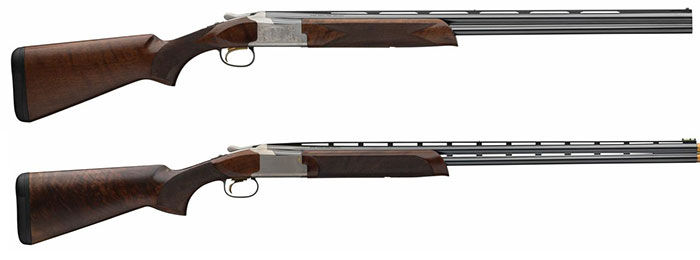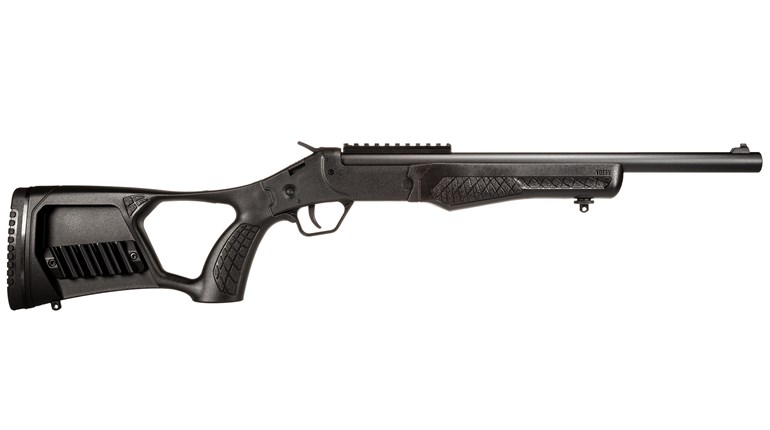Ever since John Browning first "superposed" one shotgun barrel atop another, Browning has produced some of the finest over/unders available to the American hunter. The most recent example, the elegant Browning Citori 725, offers several new features and refinements to the original Citori. Initially introduced in 12- and then 20-gauge, this year Browning has announced additional 725 shotguns in .410 and 28-gauge. So, if you're in the market for a sub-gauge shotgun, here are six reasons to consider the Citori 725—a direct, evolutionary descendant of Browning's famed B25 Superposed shotgun.
1. Low-Profile Receiver
The 725's streamlined action achieves a noticeably lower-profile than the original Citori. Profile height is a matter of personal preference, but lower profiles—in which the barrels are positioned lower in the receiver—allow certain advantages. Namely a low-profile receiver places the forend hand closer to the bottom barrel, which in my opinion causes the shotgun to feel lively, well-balanced and pointable. The term "extension of self" comes to mind. Disadvantages of a low-profile receiver can include weaker lockup, but the Citori 725 counters this tendency with a full-width hinge pin and full-width locking bolt. Having shot several rounds of clays with both the .410 and 28-gauge 725, I can report that both are a pleasure to point.
2. 20-Gauge Frames
The .410 and 28-gauge Citori 725 are both built on 20-gauge frames, improving balance and proportionality over the many sub-gauges built on 12-gauge frames.
3. Mechanical Triggers with Three Shoe Options
Even certain high-end over/unders offer inertia triggers—in which recoil is required to prime the second shot—but the Citori 725's Fire Lite Mechanical Triggers automatically reset. Inertia-trigger shotguns can be quite reliable, but mine have failed, for instance, when a heavy glove prevents resetting of the trigger. The new Fire Lite system also offers lighter trigger pulls than the original Citori, plus reduced take up, a crisper break and minimal over-travel. The trigger is further improved by what Browning calls its "Triple Trigger System." There are three trigger positions to choose from to tweak length of pull; there are also three different trigger shoes available, including a wide checkered, narrow smooth, or wide smooth canted trigger.
4. Minimal Felt Recoil
Obviously .410 and 28-gauge shotshells produce little recoil, but when further tamed by the Citori 725's 10mm Inflex II recoil pad, it's almost like shooting clays with an air rifle. The Inflex II is a good, thick pad designed to deflect recoil down and away from the face. The first time I fired a .410 shotshell from the Citori 725, I literally chuckled at the absence of recoil.
5. Field and Sporting Grades
Two styles of the Citori 725 are offered in each sub-gauge. Field-grade models are available with 26- or 28-inch barrels at an average weight of 6 ¾ pounds; suggested retail price is $2,540. Sporting-grade models offer 30- or 32-inch barrels and weigh an average of 7 ¼ pounds; suggested retail price is $3,200.
6. Interchangeable Chokes
All Citori 725's are equipped with interchangeable chokes. The field grade is threaded for flush, standard Invector chokes. The sporting version is upgraded to include Diana Grade Extended Standard Invector chokes.





































